Insurance policies are boring to read through and can also be lengthy and confusing. However, it’s really important to read and understand your HOA insurance policy. What HOA boards don’t know about their coverage can come back to hurt them. Nobody wants a high deductible and nobody wants to pay high premiums, which can sometimes result in bare minimum coverage. Coverage gaps don’t become obvious until after a disaster when the HOA files a claim and the insurer pays less than the damages.
It is generally a good idea to have gap insurance for your association unless you have “guaranteed replacements insurance” (where the insurance company will pay to replace the structure regardless of how much it was worth and how much replacement costs), which is becoming a rare type of insurance. Gap insurance will cover the damages or other costs associated with deductibles that cannot be paid with the standard insurance payout.
What Does Gap Insurance Cover?
After a flood, fire, or other catastrophic event, and HOA board may find a gap between what the individual unit owner’s policy will pay for his belongings and damage to those belongings, and what is covered by the HOA master policy – for example roofing or siding. Property needs to be assessed and insurance coverage needs to be updated accordingly to account for inflation and building aging on a regular basis. If you don’t take those preventative measures, you run the risk of insurance payouts being significantly lower than the cost of repairing damage. This will leave great sums, sometimes thousands or tens of thousands, of dollars that the association could be responsible for. In the event that there is a discrepancy in payout and cost of replacement, gap insurance will cover that difference so that the neither the association nor the homeowners are left scrambling for funds.
Coverage for the Entire Loss
Another factor to consider is that when an association doesn’t require an owner to carry their own policy, and an event happens where a loss is incurred, the homeowner can make a claim through their association’s master policy. This often creates issues about what the master policy will cover and how much of a deductible the unit owner will be responsible for. In this situation, the trustees become the ones who control the funds – they decide what’s going to get fixed and what isn’t, and usually the entire loss isn’t always covered for example custom work and high-end fixtures that were installed by the owner. This can result in very upset homeowners who will try to find the HOA responsible for paying for their damages, even involving lawyers, which is a lengthy and expensive process for all involved. Most master insurance plans cover insurance damage after the deductible is paid. Often, the unit owner who sustains the damage pays the deducible. If they cant, or wont, there is trouble. Gap insurance will typically pay for the deductible in this, and other similar situations. Purchasing gap insurance is wise, if your budget allows for it.
Transparency is Key
There seems to be a widening gap between owner expectations and HOA policy regarding who pays what following an insurance claim. These problems can be eliminated by carefully and specifically stating what is and is not covered by the HOA in the governing documents and/or contracts. Be as clear as possible about ownership and responsibility for deductibles and claim filing processes. Vague documents create the most problems.
All association board members should review HOA insurance policies and ask their insurance agent or legal team if they have any questions about coverage or responsibilities.





